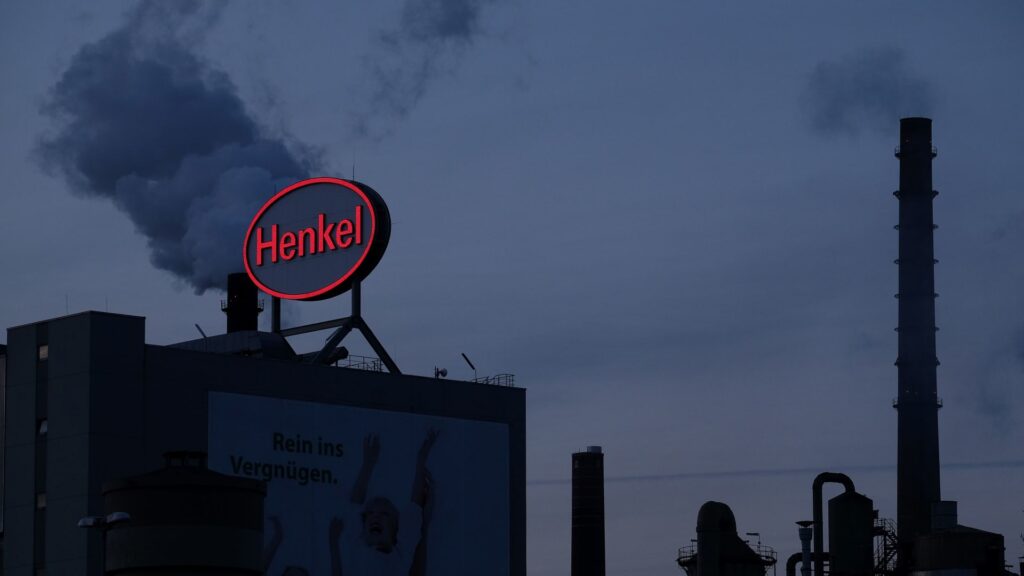The logo of German consumer chemicals giant Henkel can be seen at the company’s plant in Duesseldorf, western Germany, on January 18, 2016.
PATRIK STOLLARZ | AFP | Getty Images
After Russian troops invaded Ukraine in February 2022, companies across the G-7 major economies and the European Union announced plans to cease business operations in Russia.
Yet by the end of the year, very few had fully delivered on that promise, according to new research from Switzerland’s University of St. Gallen.
The report published earlier this month documented a total of 2,405 subsidiaries owned by 1,404 EU and G-7 companies that were active in Russia at the time of the first military incursion into Ukraine.
By November 2022, fewer than 9% of that pool of companies had divested at least one subsidiary in Russia, and the research team noted that these divestment rates barely changed over the fourth quarter of 2022.
“Confirmed exits by EU and G7 firms that had equity stakes in Russia account for 6.5% of total profit before tax of all the EU and G7 firms with active commercial operations in Russia, 8.6% of tangible fixed assets, 8.6% of total assets, 10.4% of operating revenue, and 15.3% of total employees,” professors Simon Evenett and Niccolo Pisani wrote.
“These findings mean that, on average, exiting firms tended to have lower profitability and larger workforces than the firms that remain in Russia.”
More U.S. firms were confirmed to have exited Russia than those based in the EU and Japan, Evenett and Pisani noted, but the report still found that fewer than 18% of U.S. subsidiaries operating in Russia were completely divested by the end of 2022, compared to 15% of Japanese firms and just 8.3% of EU firms.
Of the EU and G-7 companies remaining in Russia, the research found that 19.5% were German, 12.4% were American owned, and 7% were Japanese multinationals.
“These findings call into question the willingness of Western firms to decouple from economies their governments now deem to…
Read the full article here





